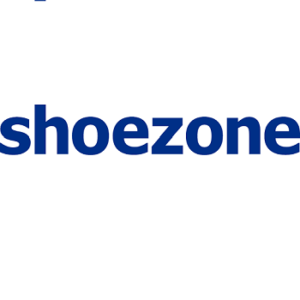We have repeatedly commented on these pages that the good mood in asset markets this year is more to do with central bank policy than a positive backdrop of the real economy. With poor economic fundamentals, central banks will pump liquidity into the financial system, supporting both bonds and equities. As the asset class returns table for July illustrates (see further down), this trend continued into the summer and all those who followed the old UK investment adage of ‘sell in May and go away, don’t come back till St. Legers day’ would have missed out considerably.
However, the first full week of August provided a timely reminder that current stock market levels are not well supported by economic growth prospects, making them even more vulnerable to shifting investor sentiment. This time, the souring of sentiment was once again caused by the Trump administration, when they announced another round of tariff increases after the ongoing trade negotiations hit a renewed impasse. China’s apparent retaliation then exacerbated the trade scare story, as they allowed their currency to drift lower – offsetting the cost burden introduced by tariffs. This signalled that the trade war will likely continue longer than markets thought, which dampened growth expectations. The notion that, after a flat first half of 2019, the global economy and corporate profits would return to growth looks increasingly less likely.

















